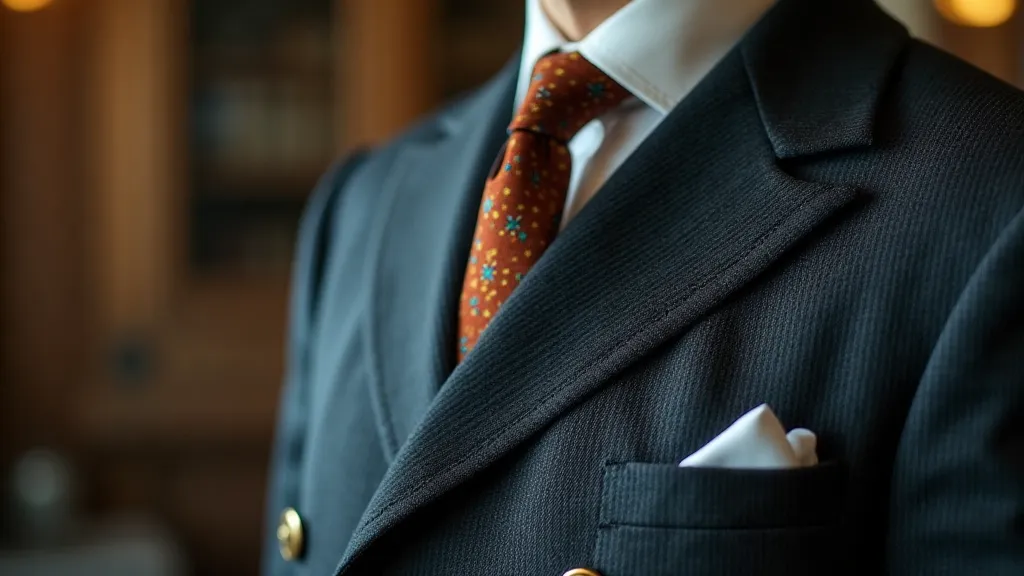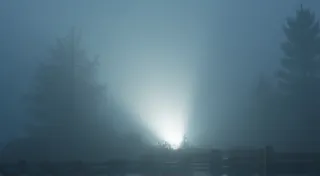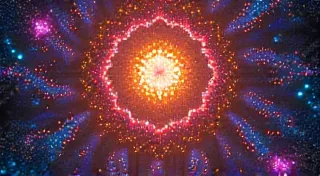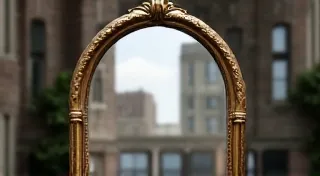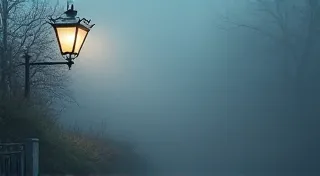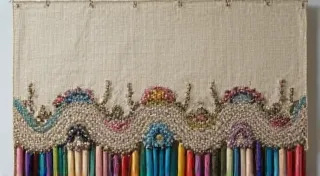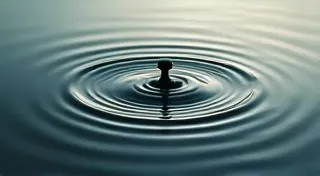The Echo of a Dress: Reconstructing Fabrics & Textures in Colorized History
There’s a profound silence held within an antique postcard. A frozen moment, captured in stark black and white, whispers of a time long past. It’s a silence that begs to be broken, a yearning to see beyond the monochrome and into the vibrant hues of everyday life. At The Antique Postcard Colorization Studio, we don't simply add color; we strive to breathe life back into these historical snapshots. And one of the most challenging, yet rewarding, aspects of this process lies in recreating the delicate artistry of fabrics and textures—the echo of a dress, the weave of a coat, the pattern of a hat.
My journey into postcard colorization began, as so many do, with a personal connection. My grandmother, a meticulous collector of antique postcards, would spend hours poring over her albums, each card a portal to a forgotten era. She’s the one who first instilled in me a deep appreciation for the craftsmanship evident in these small pieces of history. It wasn't just about the image itself, but the details—the way a gentleman’s suit was tailored, the intricate lace on a woman’s collar, the subtle sheen of silk. When she passed, her collection became mine, and with it, the desire to honor those details, to see them as she did, in their full, glorious color.
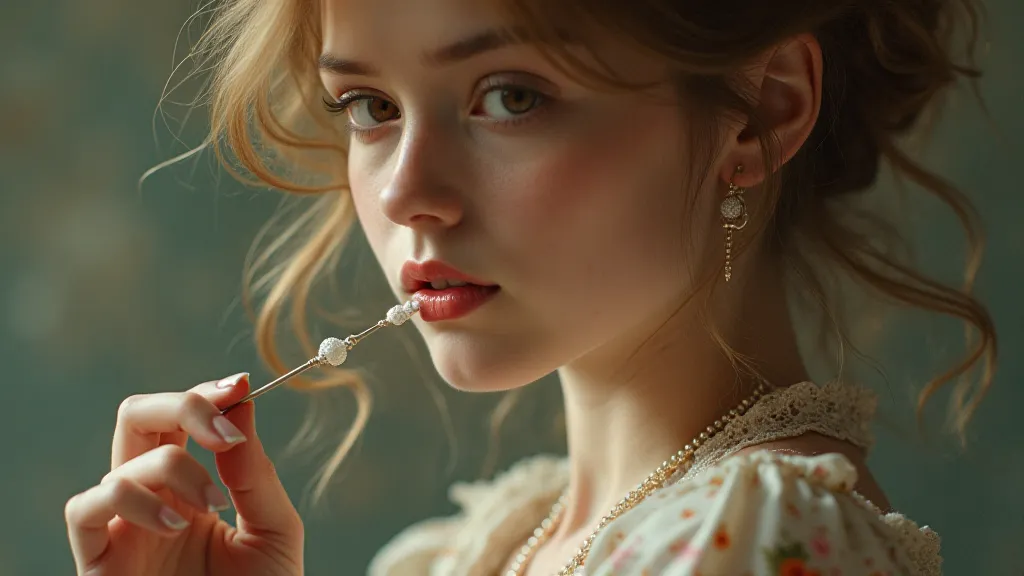
The Challenge of the Absence
Colorizing any black and white photograph presents its own set of technical hurdles. But antique postcards add a layer of complexity. The paper itself is often brittle, the image quality can be poor, and the original colors are lost to the ravages of time. Reconstructing fabric textures accurately isn’t just about choosing a color – it's about understanding how light interacts with that fabric, how it drapes, how it reflects and absorbs. A simple shift from navy blue to a deeper, richer indigo can completely alter the impression of a man’s suit, suggesting a subtle difference in class or character.
Consider the sheer variety of textiles available even in the early 20th century: wool, silk, cotton, linen, velvet, lace, embroidery. Each has a unique texture, a unique sheen, a unique way of behaving under light. And each of these nuances contributed to the overall impression the photograph conveyed. To ignore these details is to diminish the historical accuracy and artistic integrity of the colorization.
Historical Context & Material Culture
The process isn’t solely an artistic endeavor; it's also a form of historical research. Understanding the fashion trends of the era is crucial. What colors were popular? What fabrics were readily available? What social class would typically wear certain styles? For example, the availability of dyes significantly impacted clothing colors. Early synthetic dyes, like mauveine (discovered in 1856), revolutionized fashion, allowing for a wider range of vibrant hues that weren’t previously attainable. The adoption of these new dyes varied by region and social standing, creating subtle visual cues that a skilled colorizer can interpret and reproduce.
Furthermore, understanding the social context is paramount. A woman wearing a simple cotton dress in a rural setting would have a very different appearance than a woman adorned in a silk gown at a formal event. These subtle differences reflect the economic disparities and social hierarchies of the time. Our goal is not to impose modern aesthetics onto the past, but to present a historically plausible representation of the original scene.
The Artist’s Toolkit & Techniques
While digital tools are essential for postcard colorization, they are merely extensions of the artist’s eye and skill. I primarily use Photoshop, utilizing a combination of layer masking, blending modes, and custom brushes to recreate fabric textures. Detailed texture maps are often created, meticulously painting in the weave patterns and surface irregularities. This is particularly important for recreating the subtle play of light and shadow on surfaces like velvet or brocade.
Color theory is, of course, fundamental. Understanding complementary colors, color harmonies, and the principles of light and shadow allows for a more realistic and nuanced representation of fabric textures. I often experiment with different color palettes and lighting conditions to achieve the desired effect, always striving for a balance between historical accuracy and artistic interpretation. I also find that studying contemporary photographs and paintings from the same period is invaluable for understanding how colors were used and perceived at the time.
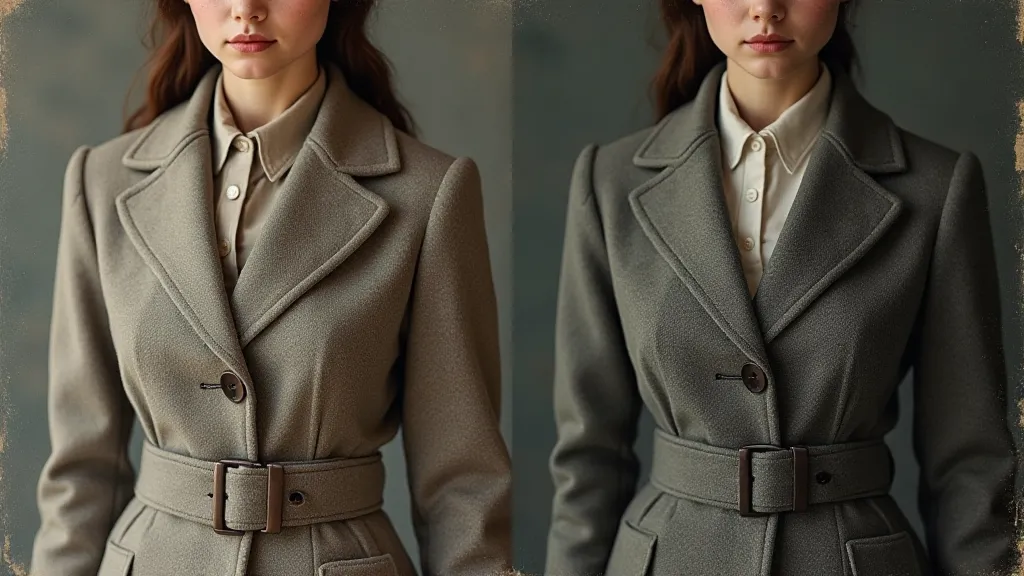
Beyond Color: The Importance of Detail
The most compelling colorized postcards are those that pay attention to the smaller details. The way a button is stitched onto a coat, the pattern on a scarf, the subtle sheen of silk – these elements, often overlooked in the original black and white image, contribute significantly to the overall impression. They've spent countless hours painstakingly recreating these often-forgotten features.
There's a certain meditative quality to this meticulous process. It requires a keen eye for detail, a deep appreciation for historical context, and a willingness to embrace the challenges that arise. But the reward—the ability to breathe new life into a piece of history, to evoke the emotions and experiences of those who lived in a bygone era—is immeasurable.
Preserving Echoes, Illuminating the Past
At The Antique Postcard Colorization Studio, we’re more than just colorizers; we’re custodians of history, dedicated to preserving the echoes of the past and illuminating the stories embedded within these remarkable artifacts. Reconstructing the fabric and textures of these historical snapshots is a particularly evocative and complex undertaking, connecting us to the lives and experiences of those who lived before us. The goal is not to simply add color, but to restore a deeper sense of presence and authenticity to these cherished fragments of time, allowing us to truly connect with the lives and stories they represent.
